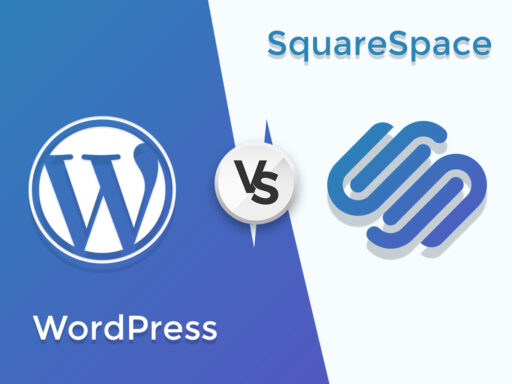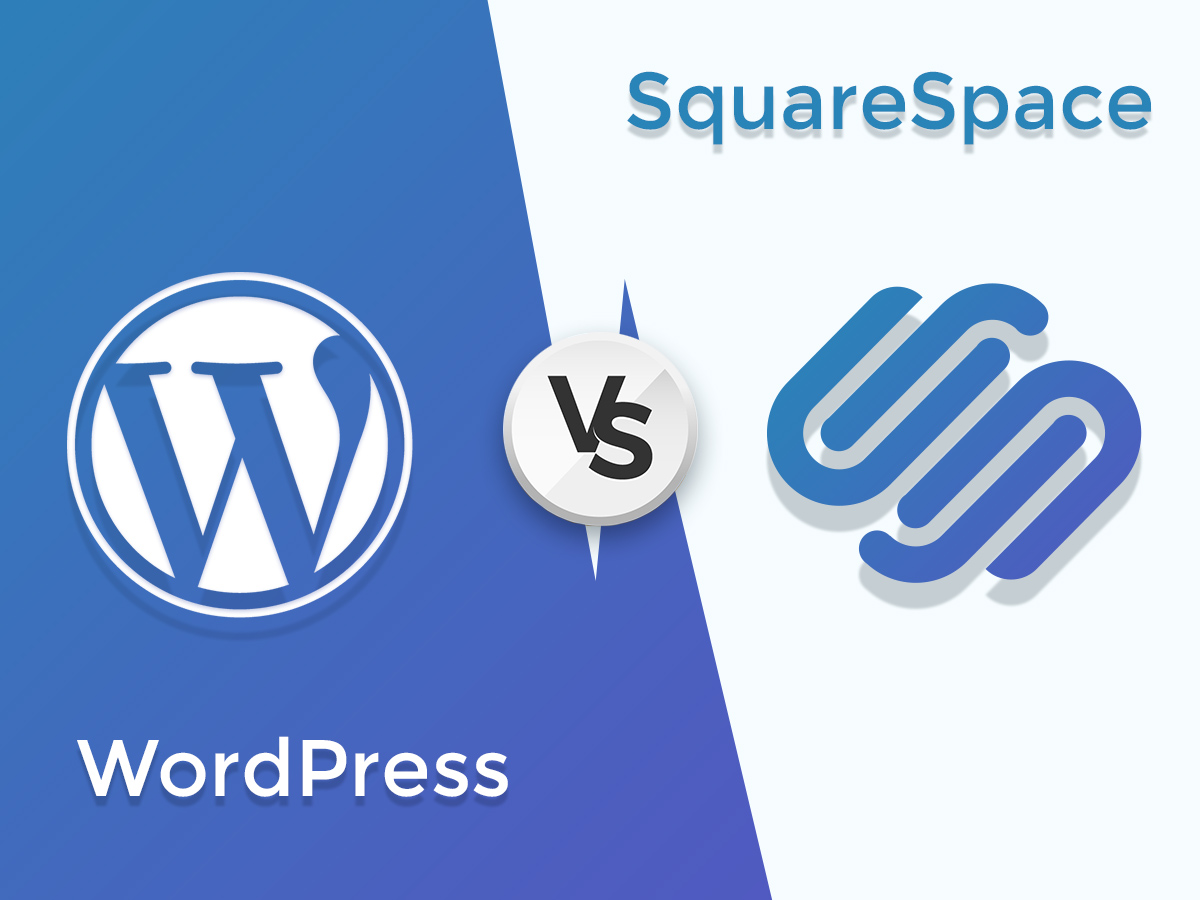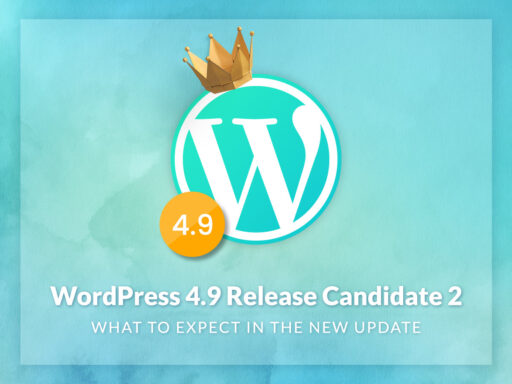Today’s comparison post is devoted to Squarespace vs WordPress – two leading website building platforms recognized by lots of users and website owners across the globe.
So first let’s disclose the essence of every solution we are going to discuss and compare further.
What is Squarespace?

Squarespace is known as a SAAS (software as a service) website builder which includes all the necessary features for creating and maintaining a website. These features include the collection of templates, CMS (content management system), eCommerce support, hosting and a domain (if required). You’ll just have to pay a monthly fee to use this software.
In this post we will speak on the standard version of Squarespace which is mostly suitable for users without specific coding knowledge. However, there is also a developer’s version of this platform which is mostly appreciated by programmers and allows to make any manipulations with the source code. This helps to build sites with more comprehensive functionality and versatile templates.
What is WordPress?
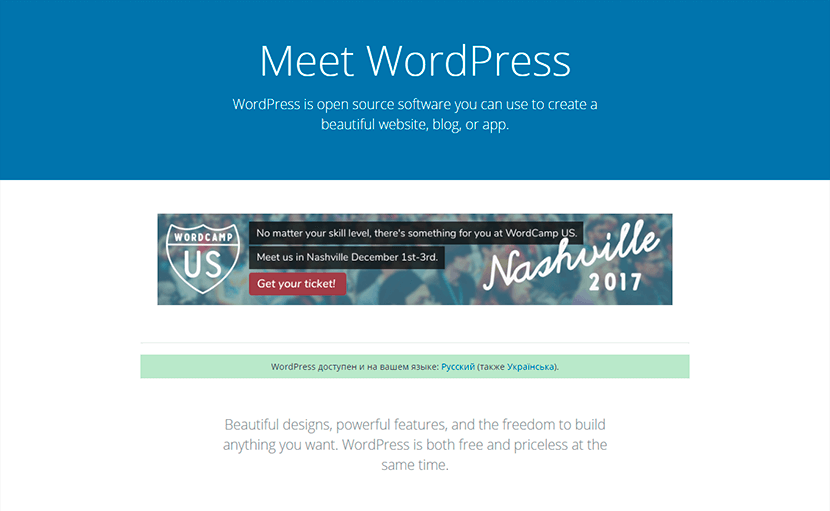
As we all know WordPress is available in two different versions which include a self-hosted and a hosted one. We will speak of the self-hosted WordPress which is available for download from WordPress.org.
You can also learn more of a software service tool from WordPress.com, which also requires some fee for using its features and some third-party tools for running an eCommerce website or using more extensive and feature-rich templates.
Self-Hosted WordPress is a Content Management System which you can install on your own server. This is open-source software allowing you modify its code if you want it to. If you are a developer, you can customize WordPress up to any needs thanks to its open-source nature which makes it extremely flexible and versatile.
What about the costs?
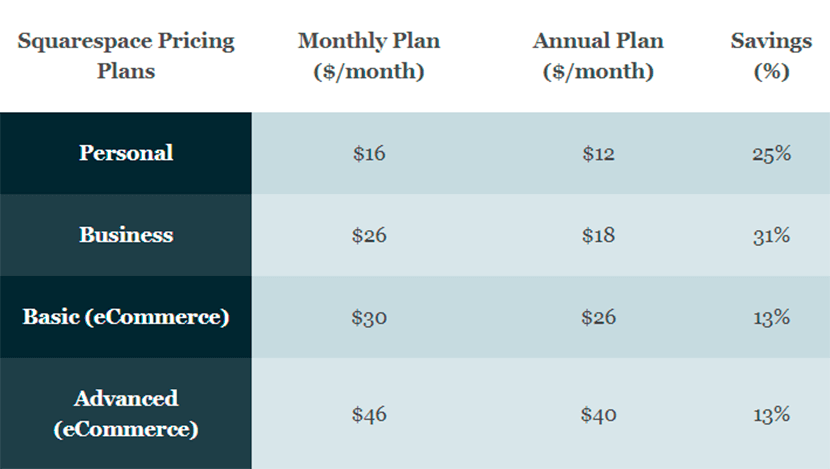
If we speak of Squarespace, we should obviously mention its monthly and annual pricing plans. So there are personal, business, basic and advanced billing plans available.
- A Personal monthly plan for a month costs $16, while an annual plan for a month costs $12.
- A Business plan will cost you $26 on a monthly basis and $18 on an annual basis.
- For a Basic plan with eCommerce functionality you will have to spend $30 monthly and $26 annually.
- And for an Advanced plan with eCommerce support you will have to pay $46 monthly and $40 annually.
The privileges you get by paying more, depend on the number of pages you can create on your website, transaction fees, integration with Xero (accounting software and online bookkeeping) and eCommerce functionality (which will be either available or not). Annual payments will include a free custom domain (limited types of domain extensions are offered).
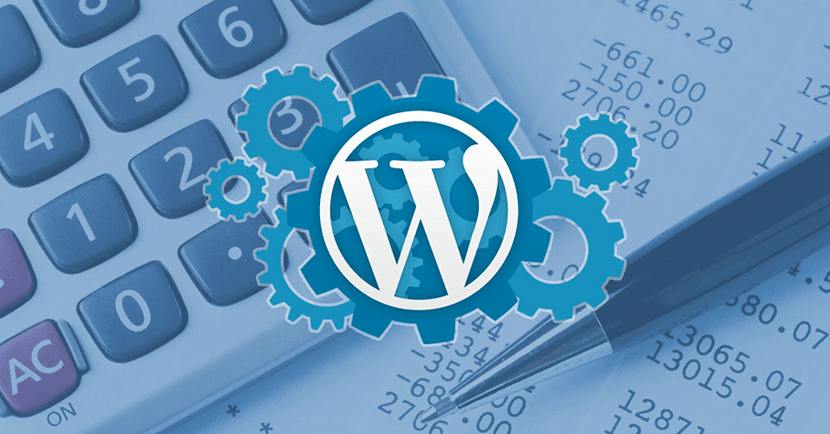
If we speak of WordPress costs, we of course should remember that WordPress is absolutely free software. However, there are some additional costs you should spend for building your website with WordPress.
- Hosting – $80-$200+ per month (for instance a dedicated one);
- A premium theme – from $29 to $100+;
- eCommerce integration (some premium plugins for WooCommerce cost $15-$70+);
- Additional premium plugins to extend the functionality $15-$100+;
- Hiring a developer to edit the code if required (from $100 and more).
The main advantage of WordPress in this particular situation is that all of the mentioned above expenses are not compulsory. You won’t have to buy any annual or monthly plans to start using WordPress as you do it with Squarespace.
You can start with the minimal costs: just download and install WordPress, use a free theme, don’t buy any premium plugins or extensions and use free ones instead. You can even start with free hosting to test WordPress for a few months before launching your full-fledged website.
Themes and Templates

So we’ve mentioned the templates earlier in this post, and I guess it’s time to speak of them in detail. Squarespace has a great bunch (about a 100) of templates from categories like Online Stores, Art and Design, Photography, Health and Fitness, Music, and many more. You can preview them and start with any template after you sign up for an account.

WordPress, in its turn, has thousands of free and premium templates designed and developed by contributors, developers and volunteers from all over the world. So you can start with a free template, just downloading it from WordPress org. or any other trusted resource and install it into your dashboard to test, edit and customize it as you require. You can also buy a premium template with lots of additional features and integrated premium plugins to create a completely functional website for your business or personal needs.
Ease of Use
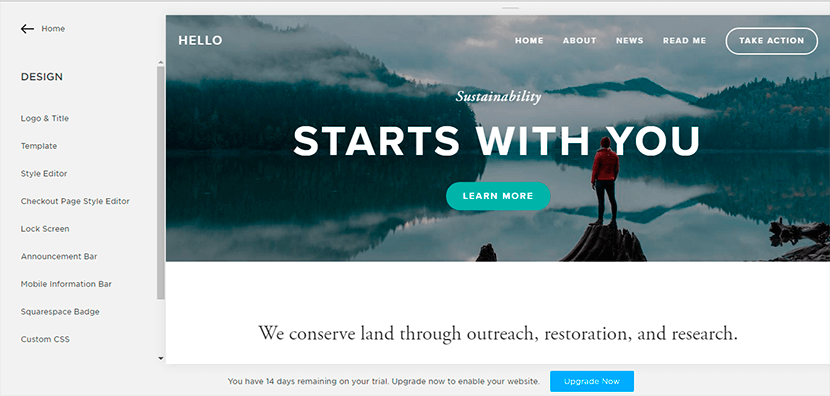
At the first sight, Squarespace is easier to start with, ‘cause it has an “all in one place” approach which is pretty intuitive for everyone.
- For instance you want to start with a certain Squarespace template, you click the “Start with (a template name)” button and then you are redirected to the sign up form.
- After you started, you can follow the step by step guide to build your website. First you choose a purpose of your website from the available list.
- Then you can choose a site goal.
- Select the type of site content.
- Create a small site description.
- And then create a site title.
You can edit and customize the design of your chosen website template for 14 days for free while you are running a trial version. After that you should upgrade to a certain premium plan to get all the functionality of your website and run it for your customers.
The platform has its drag-and-drop interface which is very intuitive although it has some bugs. You can easily change colors, headers, logo, rearrange design elements, and so on. Every template has its own possibilities of customization.
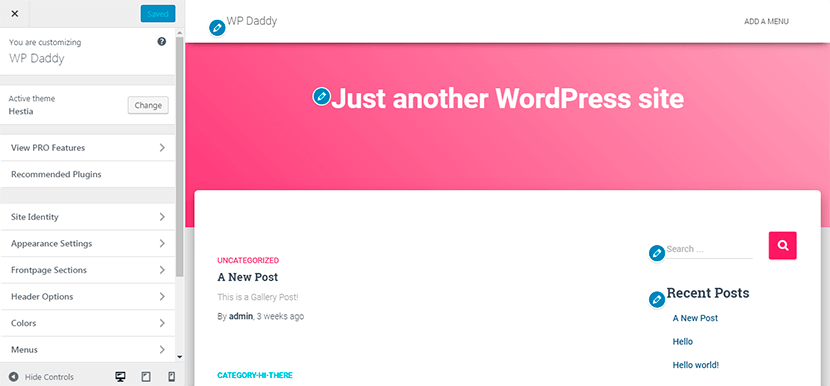
When it comes to WordPress, it’s not that easy to use for a newbie. You should be aware on how to deal with FTP client to connect to your server and install WordPress in a root directory, you should choose a theme from the standard ones or upload a custom one, you should activate the theme, install the necessary plugins, and then customize the theme to create a fully functional website.
There are page builder plugins available for WordPress which allow to use a drag-and-drop interface to edit the website pages. Most of them are premium ones (for instance Visual Composer popular plugin integrated into the most premium WP themes), and some of them allow to make changes on the front-end and instantly observe the result (Elementor page builder).
You can also use the Live WordPress Customizer to change the look and feel of your website. You should publish your changes to preview them live on your site.
Domain and Hosting

When you create a Squarespace site, you are automatically assigned to an integrated domain which looks like yourwebsite.squarespace.com. You are also allowed to transfer supported domains to Squarespace or register any new custom domain.
You can register a SquareSpace domain, transfer a domain to Squarespace or connect a domain from any chosen provider – this will allow you connect one or more custom domains to your website.
After you upgrade to a paid Squarespace plan, it will include web hosting. If you sign up for an annual billing plan, you will also get the right to have one free custom domain for the first year. For a certain fee you will be also able to register additional domains through Squarespace.
WordPress.org doesn’t provide hosting services. So you are free to select any hosting provider and domain name you prefer or you are recommended to choose. Providers like BlueHost, DreamHost, WP Engine, and some other ones are widely recognized today. They offer hosting plans for reasonable prices, provide great support and the possibility to earn on referrals.
You can always change your hosting plan to more extended and costly one, to get more freedom of control over your website. There are no limitations in choosing domain and hosting when you work with WordPress.
Content Management
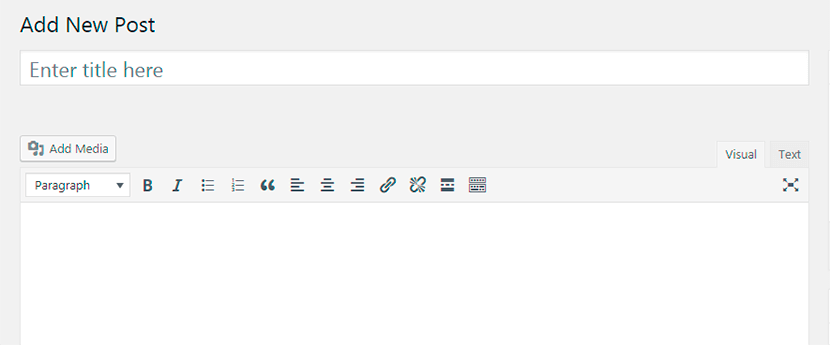
When it comes to content management, WordPress beats Squarespace in a few definite aspects.
- WordPress allows to store every version of a post or page on the system, so you can roll back to any of the required pages or posts at any time. This possibility, however, is not available on Squarespace because they strive to save your resources and hosting costs.
- When editing content in WordPress, you can shift from HTML to visual editor and vise versa. In Squarespace you aren’t allowed to have the direct access to the main HTML behind your pages and posts, though you can add some code blocks.
- In WordPress you have media library where you can store and edit your files and photos. In Squarespace you’ll have to upload images separately even if you want to insert the same image on different pages of your website.
- WordPress allows to use categories and tags as well as create your custom content types, while in Squarespace this feature is not as flexible.
SEO

In WordPress alt tags and meta data have their own proper names which they are referred by. In Squarespace you get descriptions, captions and extras which can be even visible on the page (in some definite templates) and this is not too good for SEO.
WordPress is compatible with plenty of SEO plugins and bundles like Yoast, and some other popular ones. Squarespace has the same SEO functionality where your on-page SEO is analyzed and improvements are suggested automatically.
WordPress allows to add rich snippets to display ratings, pricing, reviews, etc. In Squarespace this feature is possible through using Google Data Highlighter tool which is not much intuitive but is a good alternative for this certain task.
WordPress gives you full control over your website’s loading speed, so you can use special tools to check your website speed, and make it faster by optimizing your content or tweaking your code. In Squarespace, if you use a shared hosting, you can’t tweak your code to control a website speed if you realize that your site should be faster.
Security

Squarespace is a hosted solution, so the security of your website is the responsibility of its team. They control everything from making the backups of your content and ensuring your website hasn’t been hacked to checking out if their system is or isn’t compromised.
In WordPress you are responsible for security yourself. You have to make sure all of your installed plugins are up to date, you have to check the links and the relevance of ads, make sure there are no random user accounts, and you have to monitor the alerts from the host. You can also hire an expert to control all of these aspects and keep your website safe from malicious hacker attacks.
Squarespace vs WordPress: Conclusion
Most developers and webmasters would say that WordPress is a more powerful and flexible tool than Squarespace, and in some aspects they are right. However, we can’t say for sure that WordPress is the right choice for all users.
There are lacks and advantages in each of these platforms, and if one of them has advantages in a single certain aspect, then the other one has lacks in it, and vise versa. The main thing to pay attention at is your budget and your goals. Depending on your purposes (personal website, business website, eCommerce, blog, portfolio, or else) choose the solution which meets your needs the best.
Just learn all the advantages and lacks of both platforms in detail to make your own conclusions and make the right choice.
